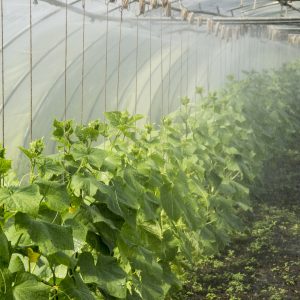This course follows on from Horse Care I but can be taken as a standalone course. More relevant to caring for horses in a stable than Horse Care I. Covers aspects of care that are still relevant to the horse at grass. Learn about Feeds, Stabling, Foot care, Bedding, Tack and Conditioning.
E-Learning Structure
The duration of this online course is 100 hours. This consists of 6 in-depth lessons:
- Feeds
- Stabling
- Bedding & Mucking Out
- The Foot & Shoeing
- Exercise & Conditioning
- Tack & Tack Fitting
- Horse Facility Design & Farm Layout
Course Aims
- Evaluate different types of horse feeds.
- Explain the use of food supplements/additives including: *tonics *tempters *salts.
- Describe the feeding programs of horses, for different purposes, including: *horses living outside *horses with different workloads *ponies *mares in foal *old horses *sick horses.
- Compare the effect of three different diets on the same breed of horse, studied over a two month period.
- Compare the different ways to keep horses, including: *barns *stalls *stables/loose boxes *combined systems.
- Explain the purpose of the different parts of a specified stable complex.
- Describe three routine stable tasks, including mucking out.
- Develop a checklist for assessing the design of a stable.
- Evaluate a specific stable against the assessment checklist you developed.
- Plan a stable routine for a specified horse, in a specified stable.
- Explain why bedding is necessary for domesticated horses.
- Compare alternative bedding systems, including different drainage and absorbent systems.
- Describe the bedding chores carried out in a specified horse care situation.
- Recommend an appropriate bedding system for two different specified situations.
- Collect four examples of bedding material suitable for use by a racing horse in a stable.
- Describe the structure of a healthy horse’s foot, as observed by you.
- Describe three potential problems with the horse’s foot.
- Compare the advantages and disadvantages of shoeing horses.
- Select appropriate horse shoes for six different specified situations, from a series of labeled drawings or photographs of different types of shoes.
- Describe the process of shoeing a horse, including: *removing an old shoe *preparing the hoof *fitting the new shoe *nailing on *finishing off.
- Distinguish between soft and hard condition of a horse.
- Explain the principles of fittening for a horse coming off grass and being prepared for racing.
- Develop exercise routines for horses in three different specified situations, including: *racing stables *a child’s pony *mare with foal.
- Implement a fittening schedule for a specified type of horse over a period of at least two months.
- Analyse the results of a fittening schedule applied to a specific horse.
- List the different items of tack equipment that would be required by two different specified horse enterprises.
- Label the features of three different items of tack on unlabelled diagrams.
- Describe the use of two different specified items of tack.
- Develop procedures for the management of tack in a specified horse enterprise, including: *storage *use *repair/replacement *cleaning.
- Compare the different types of fencing used for horses, including: *barbed wire *timber post and rail *electric.
- Determine the facilities required for different types of horse enterprises, including: *riding schools *stud farms *racing stables.
- Describe the facilities for showing horses at two specific locations, including: *an agricultural showground *a sales facility.
- Evaluate the design of a horse farm visited by you, for a specified application.
- Prepare a design, including one or more sketch plans, of a stable for a specified application.
How Does A Warnborough Online Course Work?
You can start the course whenever is convenient for you. You will be studying from home and have access to support from our qualified tutors. Practical exercises and research tasks will be set at the end of each lesson – including an assignment. You will submit this assignment to your course tutor, who will mark your work and give you constructive feedback and suggestions.
If you have any questions please contact us.





